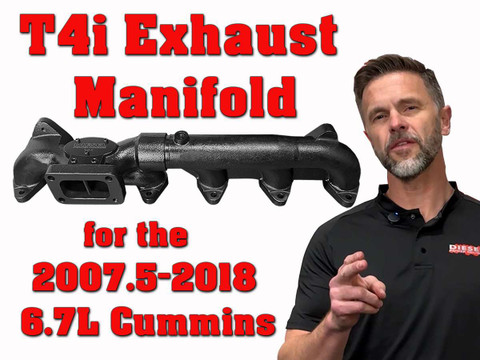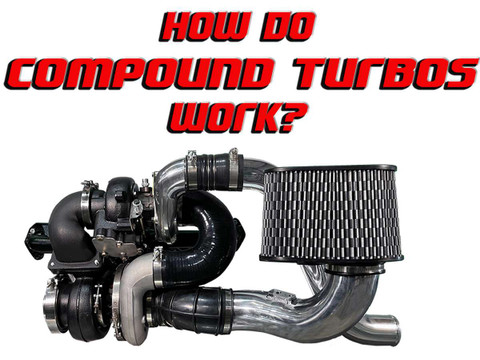This page is your starting point for Cummins swap solutions. Use it to choose the correct conversion path for your platform. Detailed part numbers, year breaks, and fit notes live on the child category pages and individual product listings. If you already know you need a Ford or Chevy specific kit, jump to those sections below.
Shop by platform
Why choose a Diesel Power Source conversion kit
- Clean fitment: CAD designed castings, brackets, and pipes built around real chassis clearances.
- Thermal and load control: Turbo and manifold options that support lower drive pressure and steadier temps under load.
- Serviceability: Access to filters, sensors, and fasteners for real world maintenance.
- Scalable choices: From daily driven towing setups to higher fuel builds with future headroom.
What is included in a typical conversion kit
Contents vary by platform and package. A typical kit may include a turbocharger option, exhaust manifold or adapter, hot pipe and charge-air plumbing, oil feed and return solutions, clamps, couplers, brackets, heat shielding, and hardware. Always check the product page for the exact bill of materials for your truck.
How to choose your conversion path
- Daily and towing: Prioritize quick response and EGT control. Choose smaller to mid size compressor options with matched turbine housing.
- Street performance: Balance response and airflow. Mid size compressors and appropriate manifold flange help mid range power.
- High fuel builds: Larger airflow with freer housings for headroom. Expect a trade off in low speed response. Plan fueling and transmission accordingly.
Fitment overview
Support spans popular Ford and Chevy HD platforms as well as ISX and X15 conversions. Verify engine family, transmission choice, accessory layout, intercooler path, downpipe clearance, and oil routing on the product page for your year and trim before ordering.
Install notes
- Experienced DIY owners can complete the swap with the right tools and patience. Professional installation is recommended if you are new to plumbing and turbo clocking.
- Use new gaskets and quality hardware. Follow torque sequences on a cold engine. Pressure test the charge air system before first start.
- After initial heat cycles, inspect fasteners, boots, and all oil connections. Monitor EGT and boost on the first shakedown drive.
Building in stages or refreshing supporting parts? Explore S300 Single Turbos, S400 Single Turbos, and Diesel Exhaust Manifolds.
Frequently asked questions
How do I pick the right platform page
Choose Fummins for Ford based swaps, Chummins for Chevy based swaps, and ISX15 for heavy duty conversions. The child page will outline the exact kits and year specific notes.
Do I need tuning after a conversion
Many trucks run on stock calibration, but a calibration update often improves fueling, shift strategy, and boost control. If injectors or pumps are upgraded, tuning is recommended.
Can I daily drive after a swap
Yes. With the correct sizing and install, swaps maintain drivability while adding the torque and thermal control advantages of a Cummins platform.
What should I prepare before ordering
Confirm engine and transmission, mount location, intercooler routing, downpipe path, steering and A/C clearances, and oil feed and return provisions. Gather fresh gaskets, fluids, and quality clamps and boots.









